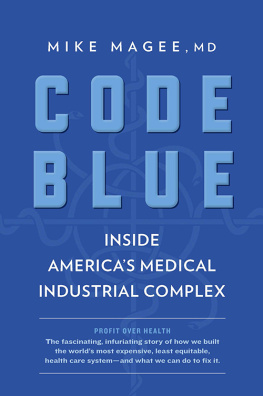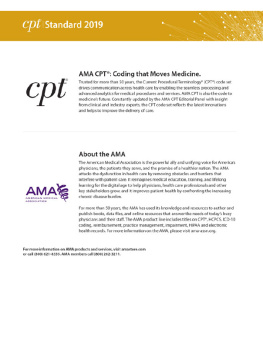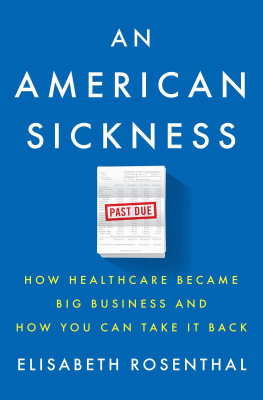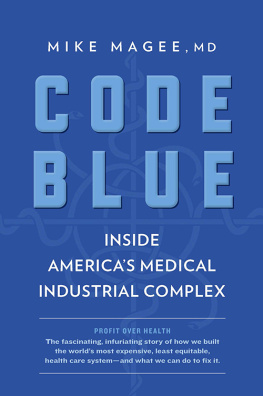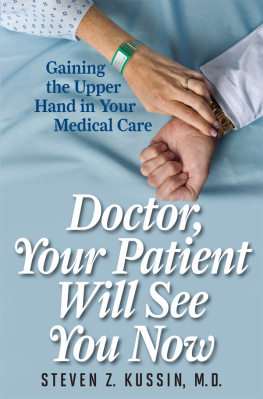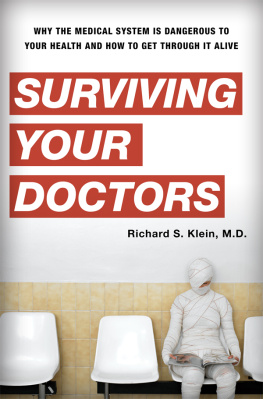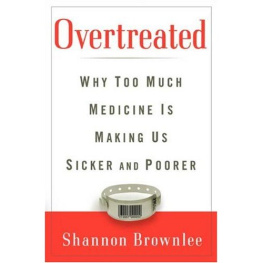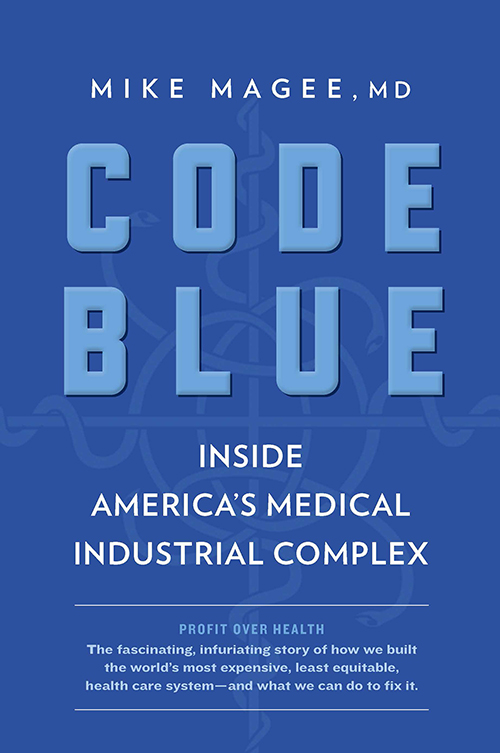C ode Blue is the phrase customarily announced over hospital public address systems to alert the staff to an urgent medical emergency requiring immediate attention. It is a call to action and a request for specialized personnel and resources to resuscitate and stabilize the victim of some catastrophe, and eventually transport him or her to safety so that full recovery can begin. I chose the phrase as the title of this book to communicate my sense that the American health care system is in critical condition and that it urgently needs to be resuscitated. Ironically, the color blue is also associated with Pfizer and with its most famous product. The Pfizer company color is blue, and Wall Street and competitors often refer to Pfizer as Big Blue. The Pfizer logo combines two shades of blue, French (#0070BF) and Vivid Cerulean (#00AFF0). Pfizers most famous product, Viagra, is often called the little blue pill.

I n 2005, my wife, Trish, and I went to see the film of John Le Carrs The Constant Gardener, a thriller about a pharmaceutical companys exploitation of Nigerian children in a corrupt clinical trial that leads to murder. As we were walking out of the theater, Trish said, Thats based on Pfizer, isnt it?
For me, that was a life-changing comment. For eight years I had been the physician-spokesman for Pfizers most noted product, Viagra. For eight years I had been part of the large, well-financed team wheeling and dealing with the American Medical Association (AMA), the insurance industry, the academic research establishment, state and federal lawmakers, and government regulators all over the world. From the time Id started there, Id been astonished by the resources this single company had been able to marshal to launch this single drugwe lobbied the pope, after all. Yet until I turned away in a kind of revulsion at the manipulation and well-financed maneuvering, I was right in there, helping give moral cover and scientific legitimacy to the worlds largest drugmaker, which also happens to be an industry leader in penalty fees paid to the government for regulatory infractions$2.3 billion in 2009 for one settlement alone.
I mention my experience with Viagra and Pfizer not just as a point of access to the much larger story I want to tell, but also because the new model of corporate affairs on steroids that Pfizer developed for this one drug has become standard operating procedure throughout the health care industry. And this raw corporate power is only one of the many imbalances and contradictions at the heart of the entire $4 trillion enterprise, an increasingly organized economic syndicate in which, as Saint Augustine said, plunder is divided according to an agreed convention, and that now represents more than 20 percent of our total gross domestic product (GDP).
When Donald Trump expressed his cluelessnessNobody knew that healthcare could be so complicatedbefore a meeting of state governors in February 2017, he was referring to our approach to health insurance, which has been a political piata whacked by both left and right for decades. But even when we Americans acknowledge the absurdity of our convoluted system of third-party payers, and the pretzel positions our politicians weave into and out of as they try to justify it, reform it, then unreform it, many still find solace in telling themselves, Well, we still have the best health care in the world.
In point of fact, were not even close to having the best health care in the world. As legendary Princeton health economist Uwe Reinhardt said, At international health care conferences, arguing that a certain proposed policy would drive some countrys system closer to the U.S. model usually is the kiss of death. In fact, we get outcomes that are, in general, truly dismal.
American women, on average, are three times as likely to die in pregnancy as British or Canadian women, with 28 deaths per 100,000 births versus just 8 in the United Kingdom and 11 in Canada.
As for cost-efficiency, in the 2016 Bloomberg index of health care efficiency rankings of 55 nations, the only nations with lower scores than ours were Jordan, Colombia, Azerbaijan, Brazil, and Russia.
Although health insurance is only one part of this sorry state of affairs, our approach to it underscores the core problem of our health care overall, a truth so fundamental and so blindingly obvious that we often overlook it. The simple fact is that nothing about our system was ever envisioned as a holistic way to logically and efficiently provide for the overall health and well-being of our nations most valuable resourceour citizens.
Quite the contrary, our health care systems focus, at every phase of its development, but especially since its expansion and increasing sophistication after World War II, has been on maximizing opportunities for
Ive been a physician in private practice, a senior administrator at one of the countrys premier academic medical centers, an executive at the countrys largest pharmaceutical company, a medical reporter and commentator, and, during the administration of George W. Bush, a candidate for surgeon general of the United States. Ive waded through the quagmire at every level, from the trenches to the command center, and Ive had many years to reflect, research, and analyzeto try to make sense of my experience and put it in the broadest and most meaningful context.
Accordingly, this book is much more than a string of horror stories about soulless hedge fund managers buying companies to jack up prices of lifesaving drugs for children, or mold-contaminated steroids causing outbreaks of meningitis, or an absurd and wasteful insurance system that only Rube Goldberg could have dreamed up. The book will tell some of those stories, but only as a way of directing our attention to two basic questions: How did we get into this mess, and what do we do about it now?

